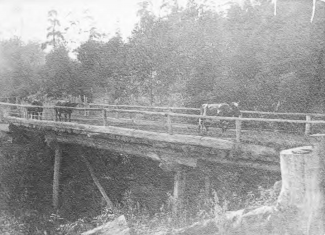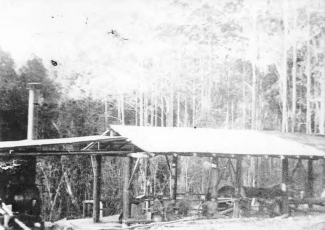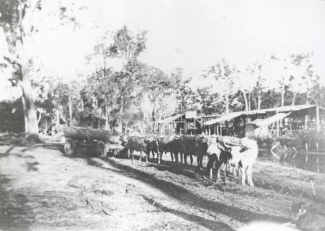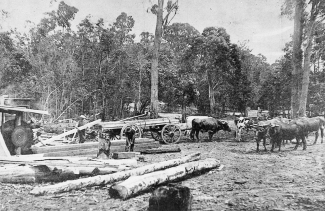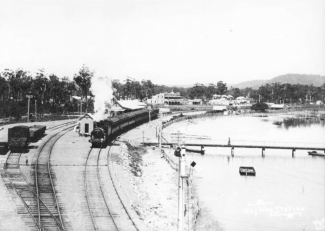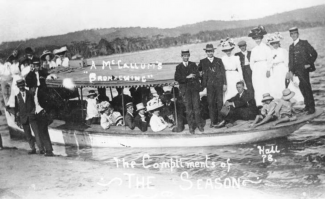200 years of European settlement, industry and urban development in the Tuggerah Lakes catchment have all had a significant, long-term impact on the local ecosystem.
This period of change has brought with it opportunities beyond human dreams, yet also placed an increasing pressure on our natural environment. Its major effects include:
- A loss of vegetation from land clearing;
- Altered water flows from the changed use of land;
- Stormwater pollution (including natural and chemical pollutants and litter).
Before the area became densely populated, forests covered the catchments of Wyong River, Ourimbah Creek, as well as Wallarah, Spring, Tumbi and Saltwater Creeks. The time between the 1800s and 1900s marked a swift transformation from the natural to the cultivated landscape. People continuously cleared the land for agriculture and timber harvesting, which caused severe soil erosion. With fewer trees to hold the soil together, more sediment and attached nutrients from the catchment washed into the local streams and rivers, eventually making their way into the lakes.
As human activity continued and accelerated, the patterns of water flowing over the land and into the lakes changed further. Thick forests in the valleys turned into pastures, and the wetlands and woodlands in the floodplains and lowlands transformed into urban, industrial and commercial hubs. Consequently, this intensive development increased the amount of hard surfaces – roofs, roads and pathways - which prevented water from soaking into the ground and took away the natural filters.
Due to the growing industrial and commercial activity, the amounts of matter settling at the bottom of the lakes were larger than would have ever occurred naturally. They included sediment coming from erosion, sewage, as well as residue and nutrients from plant fertilisers, cleaning products and organic matter, e.g. animal manure, droppings or plant material such as grass clippings. These pollutants were harmful to the overall health of the estuary, as they reduced water clarity and created an ideal environment for excess macroalgae to grow. They also contributed to the increase of black ooze in the lakes’ nearshore zones and made the estuarine waters less welcoming for seagrasses.



